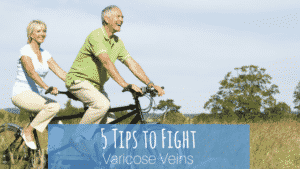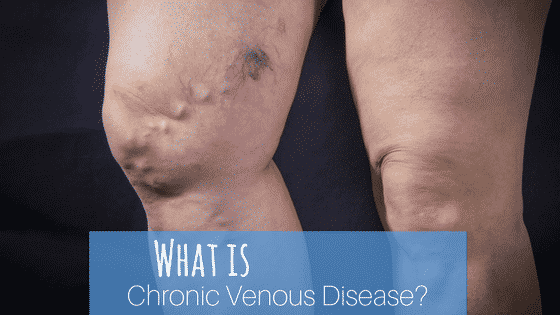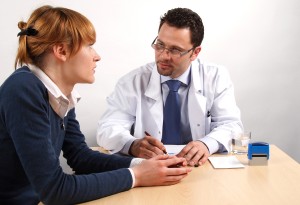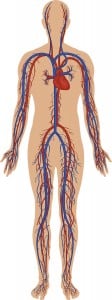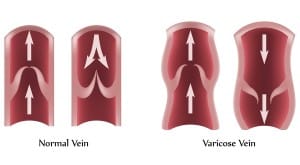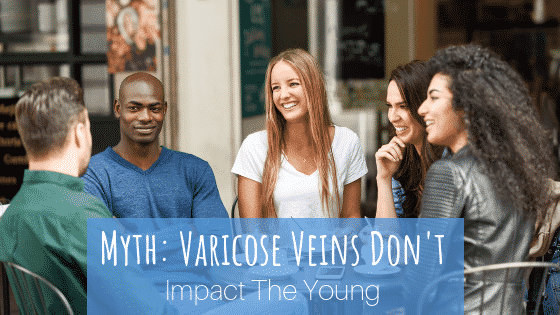
You may think that you’re safe from getting varicose veins because it is a problem that only impacts the elderly. However, young people can get varicose veins under certain conditions. Sometimes they are caused by medical conditions, sometimes by lifestyle choices. Discover what causes varicose veins in young people today!
[Read more…]
